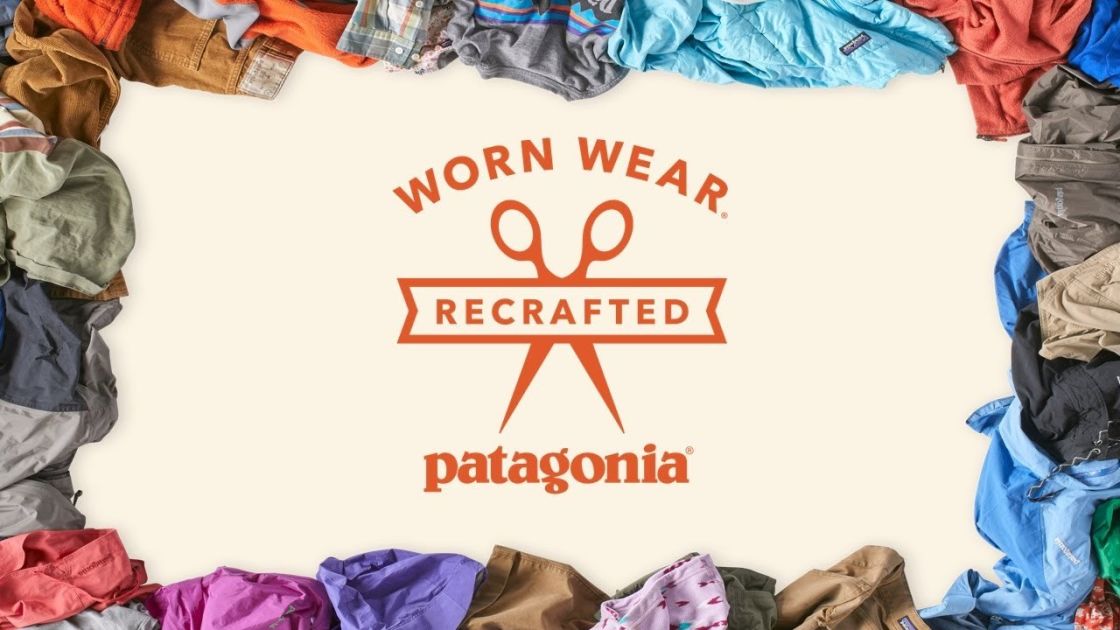Influencer Collaborations: Unique Marketing Strategies in the Sustainable Fashion Sector
Meta Description: Explore how influencer collaborations can empower sustainable fashion brands. Discover unique marketing strategies, successful case studies, and ways to engage consumers in the eco-conscious movement.
Introduction
In a world where sustainability is becoming increasingly pivotal, the fashion industry is undergoing a significant transformation. Influencer collaborations are among the innovative strategies that are reshaping sustainable fashion marketing. This blog delves into how these partnerships can raise awareness of sustainability while offering practical insights tailored for brands, influencers, and marketing professionals. With 5 years of experience in SEO, I have helped over 20 companies optimize their online presence, and today, we explore the intersection of influencer marketing and sustainable fashion.
The Importance of Sustainable Fashion
Statistics on Fast Fashion
The fashion industry accounts for nearly 10% of global carbon emissions, generating an astonishing 92 million tons of waste annually (Global Fashion Agenda). As consumers become increasingly aware of these staggering statistics, there is a strong push towards sustainable fashion, which emphasizes eco-friendly practices, ethical sourcing, and conscious consumerism.
Consumer Demand
Surveys indicate that approximately 66% of global consumers are willing to pay more for sustainable brands (Nielsen Report). This statistic illustrates a crucial opportunity for fashion brands to tap into a market that values ethics over aesthetics. By promoting sustainability through influencer collaborations, brands can not only enhance their visibility but also effectively engage a more conscientious audience.
Successful Influencer Collaborations
Case Studies
Reformation and Influencer Partnerships
Reformation is a prime example of a brand that effectively utilizes influencer partnerships to amplify its sustainability message. By collaborating with celebrities like Ayesha Curry and Jessica Alba, who embody eco-conscious lifestyles, Reformation has significantly increased visibility and sales. These partnerships foster authenticity, aligning the brand with influencers who share a devoted focus on sustainability.

Patagonia’s “Worn Wear” Initiative
Another success story is Patagonia, which launched the “Worn Wear” initiative encouraging influencers to promote the repair and reuse of products. This campaign highlights storytelling and community engagement, driving home the message that sustainability is about longevity and mindful consumption.

Quantitative Results
The effectiveness of these collaborations is reflected in their performance metrics. For example, certain campaigns have led to a 30% increase in website traffic and substantial direct sales resulting from influencer partnerships. Brands that effectively track these metrics have taken giant strides in reinforcing their marketing strategies based on data-driven choices.
Unique Marketing Strategies
Content Co-Creation
A growing trend is content co-creation, where brands collaborate with influencers on projects that resonate with their audience. For instance, H&M has partnered with influencers to showcase behind-the-scenes videos and live-stream events promoting sustainable fashion choices. This not only creates engaging content but also fortifies the alliance between influencers and marketing messages.
Interactive Campaigns
Interactive campaigns such as #OOTD challenges encourage followers to showcase their sustainable fashion choices. These user-generated content initiatives harness the power of community, making the audience feel engaged and involved with both the brand and sustainability.
Storytelling Techniques
Influencers often leverage personal narratives to explore sustainability, creating a deeper connection with their audience. Sharing stories about their journey toward eco-friendly choices can amplify the brand's reach while building credibility in the sustainability dialogue.
The Role of Social Media
Platform Statistics
Different social platforms offer unique avenues for influencer collaborations. For instance, Instagram boasts high engagement rates for fashion-related content, while TikTok has seen an explosive rise in impacting consumer purchasing decisions especially among younger demographics. Brands need to strategically align with these platforms to maximize their influence.
Audience Insights
Research shows that audiences engaged in sustainable fashion tend to be younger and more eco-conscious, particularly Generation Z, who are leading the charge in demanding more sustainable practices from brands. By tapping into this audience, brands can establish lasting relationships that resonate with the values of their consumers.
Ethical Considerations in Influencer Marketing
Transparency and Authenticity
As consumer demand for transparency grows, brands and influencers must prioritize clear labeling of paid partnerships. Following Federal Trade Commission (FTC) guidelines is crucial for maintaining trust while educating consumers on the dynamics of influencer marketing.
Ethical Alignment
It’s essential for brands to align with influencers who genuinely advocate for sustainability. Allbirds, for example, emphasizes collaboration with influencers who embody their mission of responsible consumerism, ensuring that partnerships are authentic and reflective of core values.
Data and Resources for Brands and Influencers
Tools for Measurement
To evaluate the success of influencer collaborations, brands can utilize tools such as Google Analytics, Hootsuite, and Instagram Insights. By monitoring performance metrics derived from these tools, brands can gain insights into consumer behavior and partnership effectiveness.
Research Reports
Referencing credible sources such as the Ethical Fashion Forum or Fashion Revolution can provide brands and influencers with valuable insights into sustainable practices and effective marketing strategies. Having data at hand demonstrates a commitment to informed decision-making in a constantly evolving industry.
Future Trends in Sustainable Fashion and Influencer Marketing
Emerging Technologies
The integration of augmented reality (AR) and virtual reality (VR) allows for interactive experiences, enhancing the influencer marketing landscape where consumers can virtually try on outfits or participate in educational sessions about sustainable fashion.
Influencer-owned Brands
A notable trend is the rise of influencer-owned sustainable fashion brands. An example is Aimee Song’s Song of Style, where influencers are merging their influence with entrepreneurship. This trend signifies an evolution in the marketplace, where personal branding can directly contribute to sustainable initiatives.
Conclusion
Influencer collaborations offer a unique and powerful strategy for brands in the sustainable fashion sector. By leveraging these partnerships, brands can not only enhance their visibility but also align their messaging with a growing consumer base that values sustainability. As we navigate the complexities of influencer marketing, it is crucial to maintain dialogues centered around ethics, transparency, and authenticity.
If you found this discussion valuable, consider sharing your experiences or thoughts about influencer collaborations in the sustainable fashion sector. Let's continue to foster a community dedicated to advocating for ethical fashion choices!

